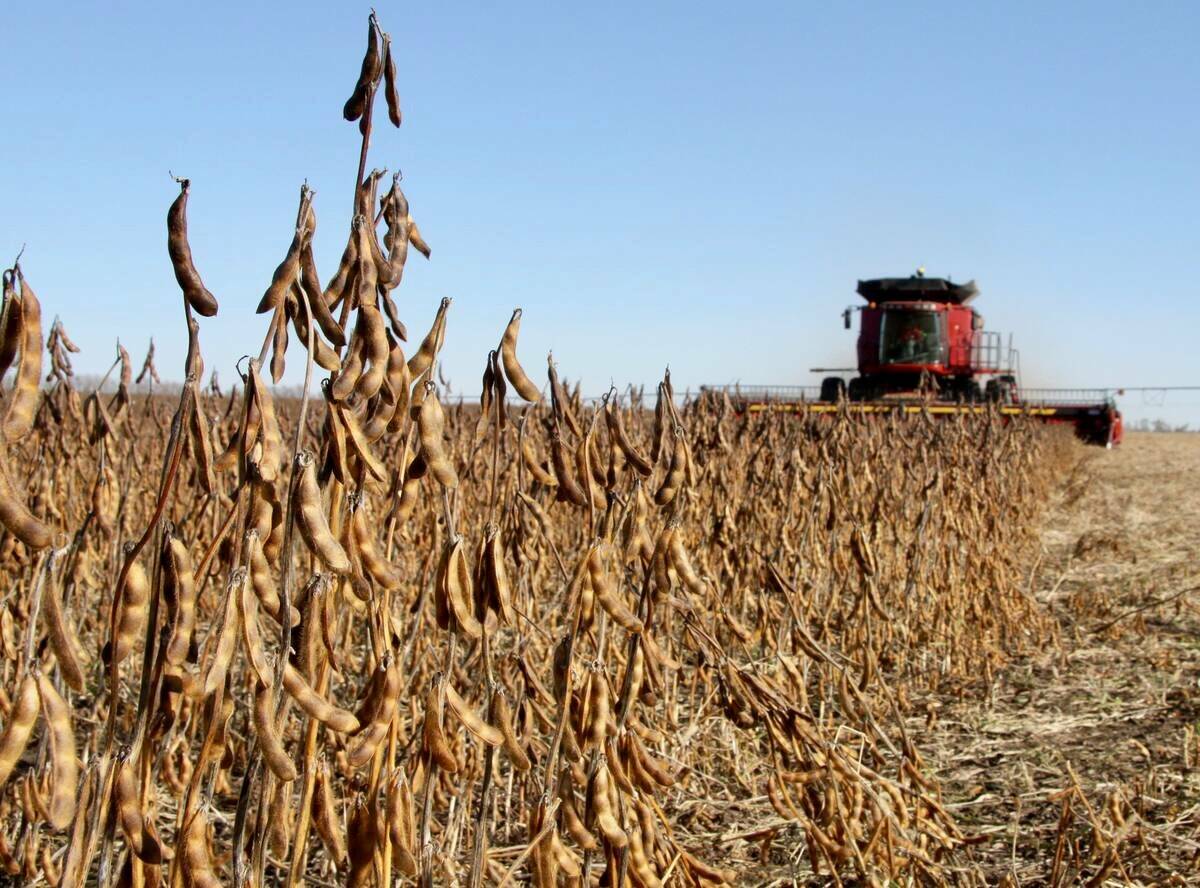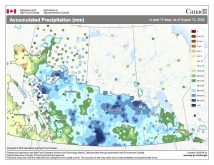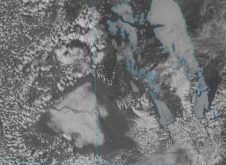In my previous article we discussed warm and cold clouds and we learned that most of our local precipitation is produced in cold clouds, which means that most of it starts off as snow – even in the summer! This week we are going to look at the different types of precipitation we experience and examine how each type forms.
We now know that most of the rain that falls in our region begins as snow within the cloud. As the snow begins to fall, it encounters warmer and warmer air. This leads to the snow melting and turning into rain. One thing that you may have noticed is that often when it first starts to rain, the drops are very large, then as it continues raining the drops become smaller. There are two reasons why this happens. Initially, both large and small droplets begin falling from the cloud, but because the large droplets have more mass their terminal velocity is higher – that is, they can accelerate to higher speeds than the small droplets. Therefore, the large droplets reach the ground before the smaller droplets. Secondly, if you recall, the air beneath a cloud is usually not completely saturated with moisture, so when the rain starts to fall the droplets begin to evaporate. The smallest of the droplets will totally evaporate while the larger ones will make it to the ground.
Read Also

October rain recharges Manitoba soils
Daniel Bezte looks back on October weather on the Prairies and looks ahead to see whether there’s any consensus for this winter’s weather.
When thinking about precipitation, since most precipitation begins as snow, it makes perfect sense that we see snow falling when it is cold outside. However, snow can fall even when it is above freezing, as the warm layer of air near the surface is often not deep enough to give the snow time to melt on the way down.
Next on our list of precipitation types is sleet, or ice pellets. This type of precipitation forms when raindrops freeze in the air before they reach the ground. This type of precipitation does not occur that often, and when it does, it can sometimes be mistaken for small hail (remember, hail forms in thunderstorms). Sleet begins as snow, then melts into rain as it encounters warm air. Usually, once a snowflake melts into rain, the air below the cloud will remain warm and we will only see rain, but sometimes there is a lower layer of air that is colder than 0 C. Once the raindrop encounters this layer, if it is deep enough, the raindrop will freeze and hit the ground as a transparent or semi-transparent ice pellet. These pellets are usually less than five mm in diameter.
If the same process occurs but the low layer of cold air is not deep enough, the falling raindrop will not have enough time to freeze. As the drops fall through the layer of freezing air they become super-cooled (water that is below 0 C but still a liquid). When the drops hit the surface they form a thin film of water that freezes very quickly, creating that smooth continuous coating of ice that creates really nasty driving conditions! This is another way that freezing rain can form (we examined the other way in last week’s article).
How hail happens
The next two types of precipitation are graupel (snow pellets) and hail. Both of these types of precipitation form in similar ways, but need much different conditions for us to see them fall to the ground. Both of these begin their lives as a snowflake or ice crystal that grows in size by the process of riming (layers of ice forming around the ice crystal). These snow pellets then fall to the ground as hard white little balls that kind of look like miniature hailstones (graupel). Since the centre of the pellet has a large amount of air in it, the pellets are fairly light, and rarely reach velocities of 10 km/h.
Under the right conditions (thunderstorms) the graupel can undergo a series of trips within the storm where it is carried upwards into a freezing region of the cloud and then back again into a warm region. Each time it gains a layer of water in the warm region, then that layer freezes in the cold region. In very strong thunderstorms, hailstones can grow to three cm or more in diameter, which can give you a final velocity of over 110 km/h!
The image you’ll see with at the top of this page nicely shows the temperature profiles for the main types of precipitation I’ve discussed. Not yet sure what next week’s weather topic will be, but hopefully I can talk about all the nice warm drying weather we are going to see over the next couple of weeks!
















